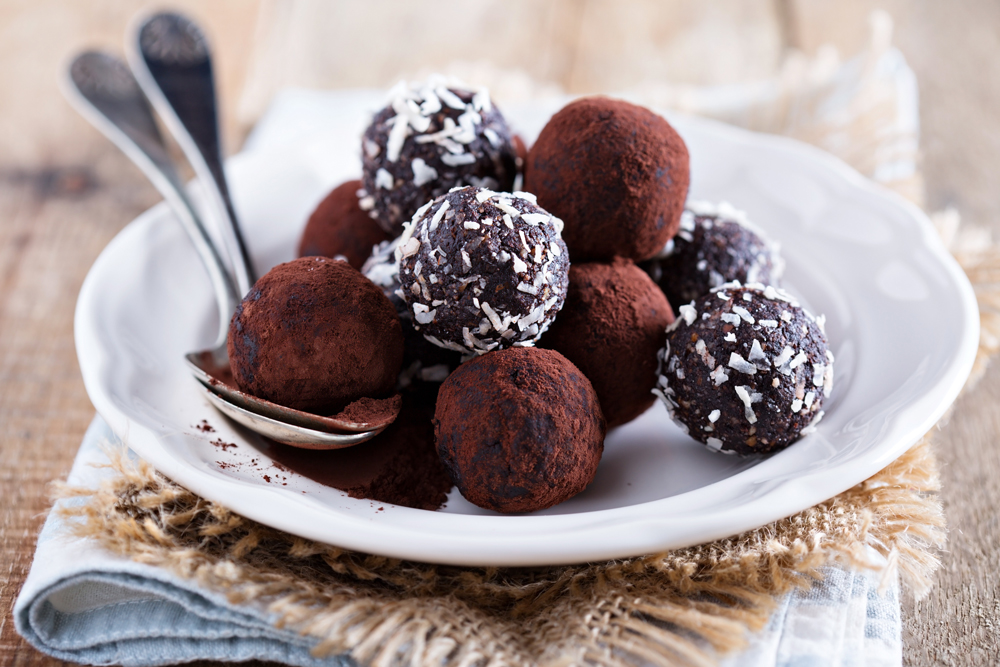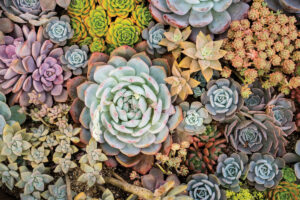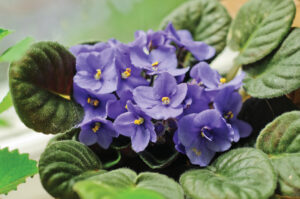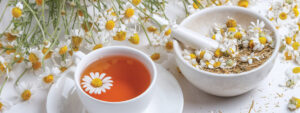Winter can be a tough time for your houseplants. Changes in light, humidity and temperature can all take a toll on plants, but with the right location and care, the beauty of houseplants can last all winter and help get you through those long, cold months.
One of the biggest challenges: plants receive less light during the winter months. It is a two-part challenge, actually; the days are shorter and often cloudy, and the houseplant’s location may not be as ideal as it was in other seasons.
In the summer, gardeners know the sun is the strongest and hottest on the south side of our homes and the least on the north. During winter, that north-facing window may be too dark for even the most shade-tolerant of houseplants. Using the southern windows can be a good option for them during the winter months. With houseplants that are too big for the windowsill, remember that light levels drop further when placed away from any window. Plants will lean toward the window when not receiving adequate light.
Watering is another task that can go wrong very quickly if not monitored closely. The growth of houseplants typically slows down or stalls completely during the winter months. Overwater just once and the soil may never dry out, causing root rot to set in. It is better to keep them on the dry side during winter months.
Soil mixes and the type of container can make a big difference, too. If you use the same soil media in all your plants, watering will become more consistent overall. Clay pots are much more forgiving as moisture not only drains out the bottom but through the sides as well. Plastic pots should have many drainage holes to compensate. The houseplant itself can add to the problem. Once the plant roots reach the bottom of the pot, they begin to circle and cut off the drainage holes.
To make the best of available sunlight, leaves need to be clean. Outdoors that happens automatically. Indoors, dust and lint can build up. Rinsing the leaves off allows them to function better. Plants preferring higher humidity are often in the kitchen, yet cooking can add another layer to what is already on the leaf.
Signs your houseplants are properly adjusting to reduced light levels include new leaves being a lighter green. Older leaves may hang down and look wilted but are not. Houseplants will need to balance their “leaf load” with available light, so leaf loss can
be expected.









